What is the Google Panda Update?
The Google Panda Update is a software update released to the public in February 2011. This update was released to help prevent low-quality content from indexing by Google. It aims to prevent websites that are not relevant or useful from showing up in Google search results.
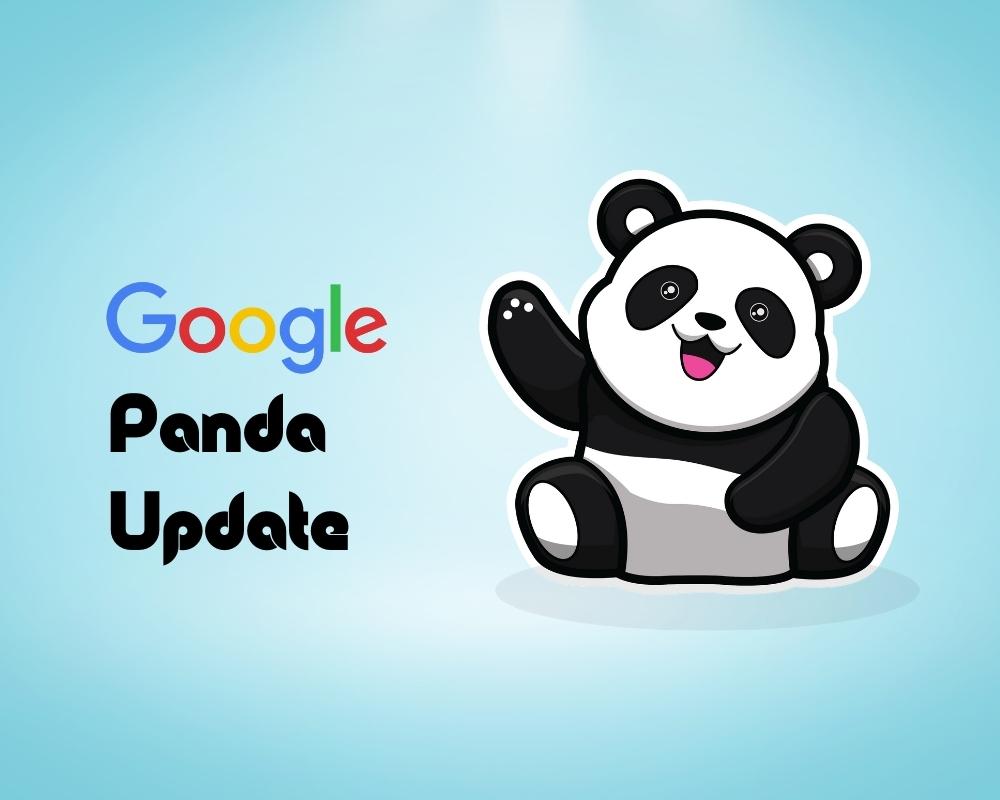
The Panda update is cute, cuddly and one of many Google algorithm updates designed to help identify spammy sites on the web. This includes websites with excessive ads or other forms of junk content. Some examples of what could be considered spammy by Google include:
- Paid listings
- Black hat SEO tactics (such as cloaking, hidden text, and hidden links)
- SEO spam (Such as keyword stuffing)
- They also look for duplicate, thin, or low-quality content.
In other words, top Googlers like Matt Cutts and John Mueller got tired of shitty content and stopped ranking it. Sorry spammers, the jig is up!
When Was the Google Panda Update Released?
The Google Panda Update was released on February 23, 2011, and was the first significant updates to the algorithm. It was designed to help Google rank websites based on quality rather than simply counting page views, links or bounce rates. Its goal is to identify and penalize websites that are low-quality, spam-like, or full of excessive duplicate content.
Google Panda uses a variety of ranking factors to determine which sites have earned a Panda penalty. In general, Google calculates how long it takes visitors to load your website, how many pages they click through before leaving, and whether they navigate away from your site.
How Does Panda Affect Your Website’s SEO?
Panda will affect all websites – even those with hundreds of thousands of page views per day. Depending on your specific business situation, this can be good or bad.
If you own a small business that primarily serves local customers, Panda can be great news. You will improve your organic ranking because people searching for local companies will have an easier time finding you in the search results.
On the other hand, if you sell something with very few competitors (such as an app), Panda can be bad news because it will show up less frequently when someone performs a search query like “best apps.”
What Is A “Panda Penalty”?
A “panda penalty” is a change to your site that negatively impacts your search
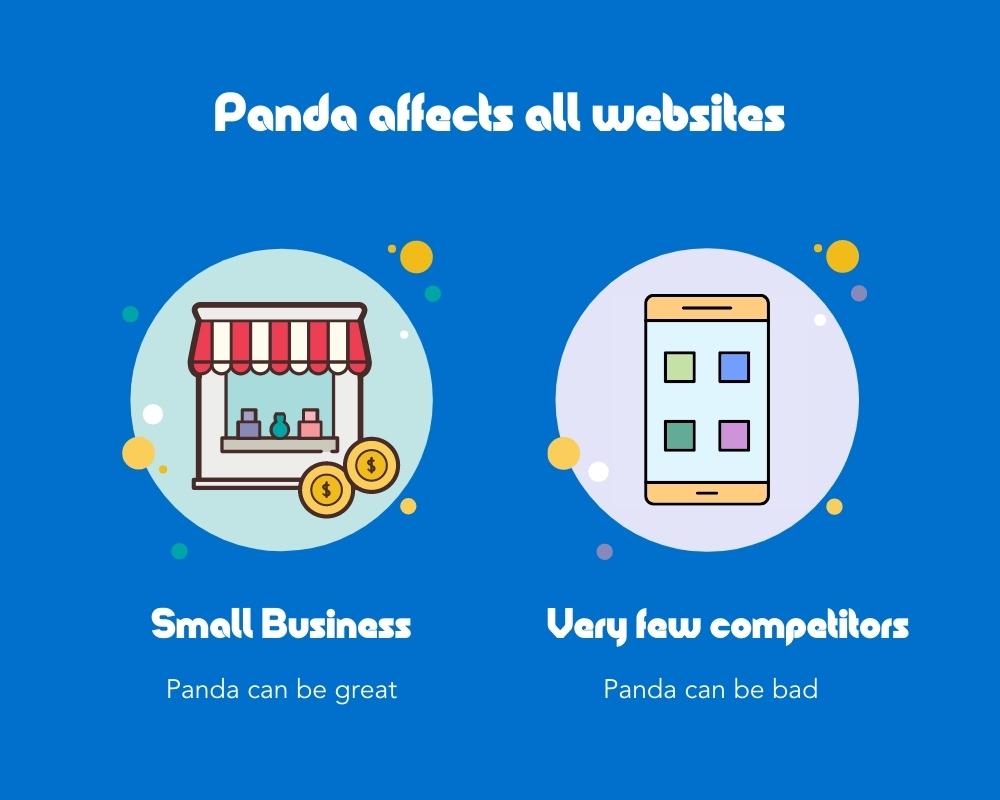
engine rankings. Panda penalties are often the result of algorithms designed to reward quality content and penalize low-quality content.
Google says it does this because it wants to ensure its users can access the most relevant and valuable information from the web. The update isn’t meant to penalize sites that have done something wrong but rather improve how Google serves up search results by prioritizing high-quality areas.
How to Recover From a Google Panda Penalty
If you have been hit with a Panda penalty, you may wonder what you can do to recover from it. There are several ways to recover from a Panda penalty, but they all require planning and effort.
First, it’s essential to understand why your site was penalized in the first place. If the penalty is due to duplicate content or other issues like that, then there is little that you can do about it. However, if the reason for your Panda penalty was because of poor-quality content on your site, then there are some things that you can do to improve your site’s quality so that Google doesn’t penalize you again.
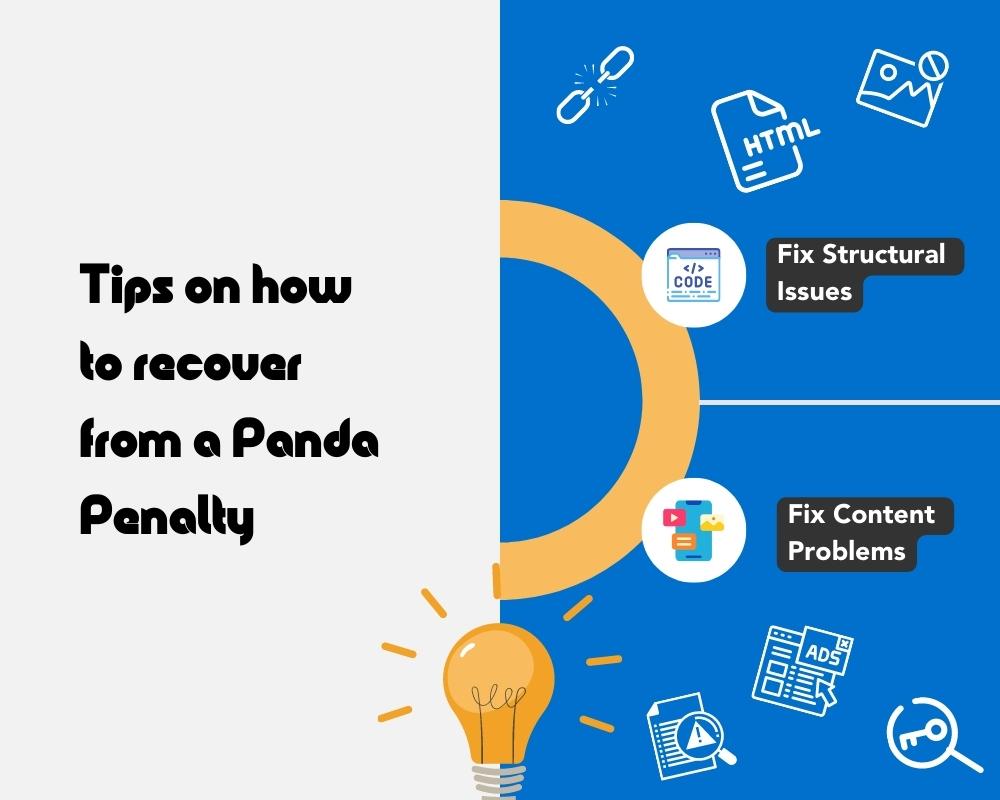
Here are some tips on how to recover from a Panda Penalty:
- Fix Structural Issues. Structural issues include broken links, missing images, or poor HTML coding. If you have these problems, they’ll need to be fixed before you can recover from Panda penalties. You can use tools like Page Tester to identify structural issues on your site.
- Fix Content Problems. Content problems can include duplicate or duplicate-like content on your site, missing keyword variations in title tags and URLs, poor keyword stuffing, and irrelevant ad copy or headlines. If you have these problems, they’ll also need to be fixed before you can recover from Panda penalties. You can use tools like Google’s Keyword Planner Tool to identify these issues on your site.
In addition, if you receive a penalty from Google for violating their Webmaster Guidelines, you can appeal the decision using Google’s Webmaster Tools. This will help you understand why your site was penalized and how it can be fixed to avoid further penalties in the future.
You will need to create an account if you don’t already have one, then click “Go” on the home page of your analytics dashboard. You should see a list of your recently crawled pages with information about them displayed below each title, including whether or not they passed Google’s filtering criteria for being considered high-quality content.
Related Post: An In Depth Explanation of the Hummingbird Algorithm
How to Prepare Your Website for a Panda Update?
The Panda update is significant, so preparing your website for the changes is essential. Here are some tips:
- Use the latest version of WordPress or another content management system (CMS). I highly recommend you use WordPress because it’s one of the most commonly used CMSs and has many features that can help you with this update.
- Make sure your site is compatible with HTTPS. Many sites aren’t using HTTPS today, but they should be getting started on it now to ensure they’re ready for the Panda update.
- Use CSS sprites instead of multiple graphics in your images. This will help reduce loading time and ensure things load when people visit your site.
- If you have any plugins that add additional stylesheets or scripts (like Visual Composer), remove them from your site before the Panda update, so they don’t get flagged as spammy by Google.
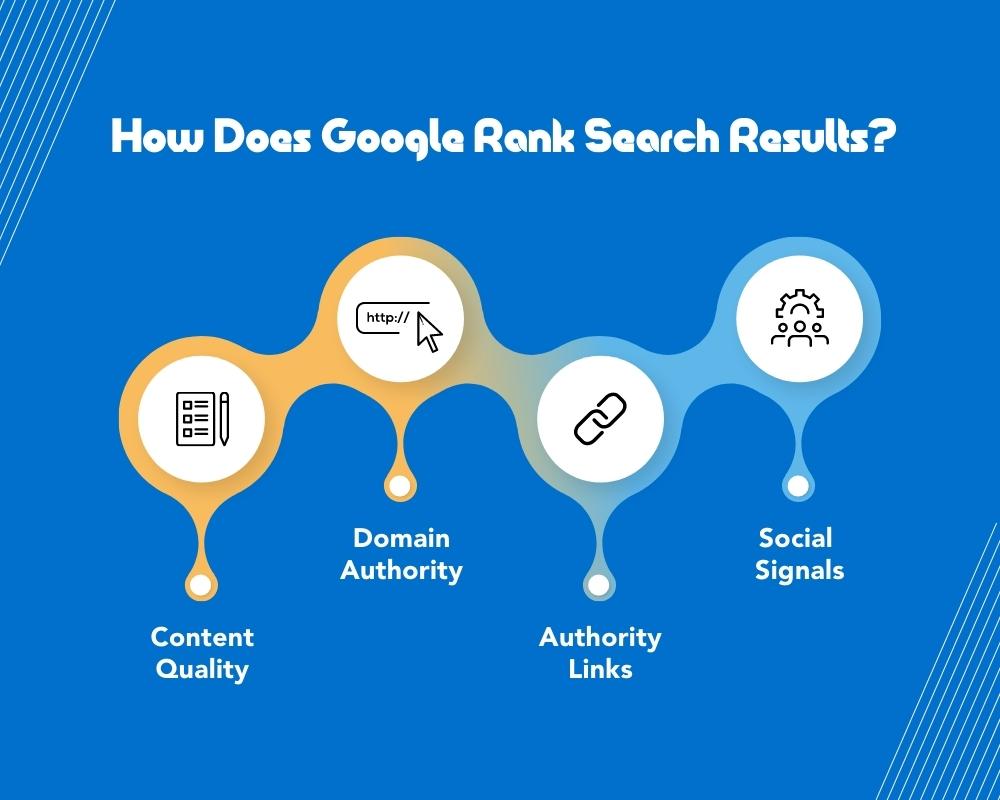
How Can I Tell If the Google Panda Algorithm Has Hit My Site?
If you suspect that the Google Panda algorithm update has hit your site, there are a few things you can do to determine if the changes are affecting your business.
1. Check Your Google Search Results
Search for the same keyword in both Google and Bing, and compare the results. If you notice that your website appears higher on page one in Google but lower on page one in Bing, this is a sign that your site has been affected by Panda.
2. Check Your Web Traffic Data
Google Analytics can help you analyze how much traffic your site receives daily. If there is a dramatic traffic change, this could signal that an update has occurred and impacted your traffic source.
3. Check Your Social Media Channels
Social media is another place where Panda updates can impact your content strategy. Social networks often use Panda data when deciding what type of content to promote or display next to articles from other publishers. If your feed has been moved to lower levels, that is a sign of an update.
4. Check Google Webmaster Tools (WMT)
Sign in to Google Webmaster Tools and navigate to “Site Details” under the “My Sites” section. Click on “Search Traffic” and select one of your pages from the drop-down menu at the top right corner of WMT. If there is no change in rank or traffic for any of your pages, then you have not been hit by Panda.
5. Check the Search Console (GSC)
Sign in to SCC and navigate to “Search Traffic” under the “Search Tools” section at the top right corner of the SCC page. If there is a change in rank or traffic for any of your pages, then that is a sign of a panda update.
Who Does the Panda Update Affect?
The Panda Update does not affect everyone. Google has made it clear that it only targets spammy sites and those without high-quality content. This is why the place is called “Panda” – Panda means “the Google algorithm,” and this update targets pages with low-quality content and spammy tactics.
The Panda update will not affect all websites but targets low-quality websites with a poor user experience. That said, you should always invest in improving your website’s user experience if you want to avoid being hit by this update.
How Do Google Rank Search Results?
Google rankings are based on complex algorithms determining which websites are most relevant and helpful to searchers. The Google algorithm ranks pages higher than those determined not to be as authoritative or practical.
The ranking factors include:
- Content Quality – How relevant, informative and comprehensive is the content on your website?
- Domain Authority – The higher the domain authority (DA) score, the better it is for you because DA increases how likely a search query is to bring up your site. DA is also known as PageRank in Google’s algorithm-speak.
- Authority Links – A high DA score indicates that links from other sites will likely link back to your site. This makes it easier for users to find you through their searches because they can use the links on other sites directly from their queries without going through Google first.
- Social Signals – Social signals like Facebook likes and Tweets help people find relevant information by showing others who care about similar topics.
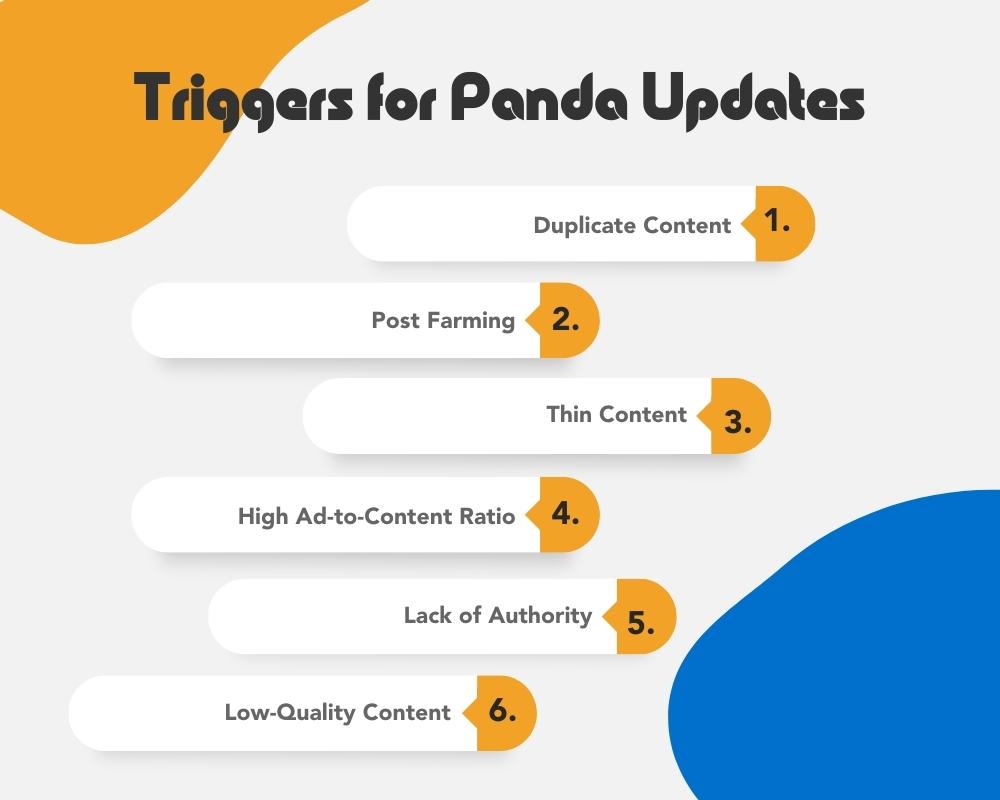
Triggers for Panda Updates
Duplicate Content
This type of penalty occurs when there is no change in the information about a product, service, brand, or company on your website over time (or even over days). This can indicate that no original research is being done and that your website is simply repeating itself daily. If this happens often enough, Panda will start to flag it as spammy and eventually remove it from search results entirely.
Post Farming
Content farming is one of the most common triggers for Google Panda updates. It occurs when sites copy and paste one another’s content or use automated tools to generate new articles or pages with no value added. This can lead to keyword duplication and poor-quality writing on all accounts.
Thin Content
The Google Panda algorithm uses machine learning to detect thin content. This means that Google doesn’t use human editors to review your site’s content before putting it in its database. Instead, Google relies on computer algorithms that scan the area for keywords and phrases. If those keywords are too common or appear on multiple pages that don’t have a lot of written words, you could face a penalty from Panda. For example, if you have a large amount of content containing a single word or phrase (like “product reviews”), you could be penalized because there’s no need for this information in every article.
High Ad-to-Content Ratio
This refers to how many ads are present on each page and how often those ads appear if there are too many ads and not enough content, the quality of your site decreases, as well as its rankings in Search Engine Results Pages (SERPs).
Lack of Authority
Authority is a quality score given by Google to individual pages and sites based on how many other pages link back to them. If no links connect you to other sites, you will lose out on potential links from those sites and your backlinks, which could help improve rankings in SERPs.
Low-Quality Content
Lastly, Google Panda will also look at your site’s quality content. The algorithm has been known to target low-quality areas with poor user experience (UX) and low time on page (TOTP).
Related Post: See How Webology Recovered This eCommerce Brand’s Traffic
Let Webology Help With Google Panda
If you’re concerned Google’s algorithm may have hit your site, don’t sweat it! The SEO team at Webology can guide your site back into Google’s good graces with our penalty removal services. We can check for everything from low-quality content to over-optimization of anchor text ratios and get your site traffic back in no time.
Would you like to schedule a free SEO audit today? We fully understand what it takes to improve site quality and have the resources to prepare your pages for the next Google core algorithm update. And that’s just the beginning!
Aside from SEO, we are also well-known as a professional social media team that leads the industry with innovative strategies and a focus on the future of online marketing.



